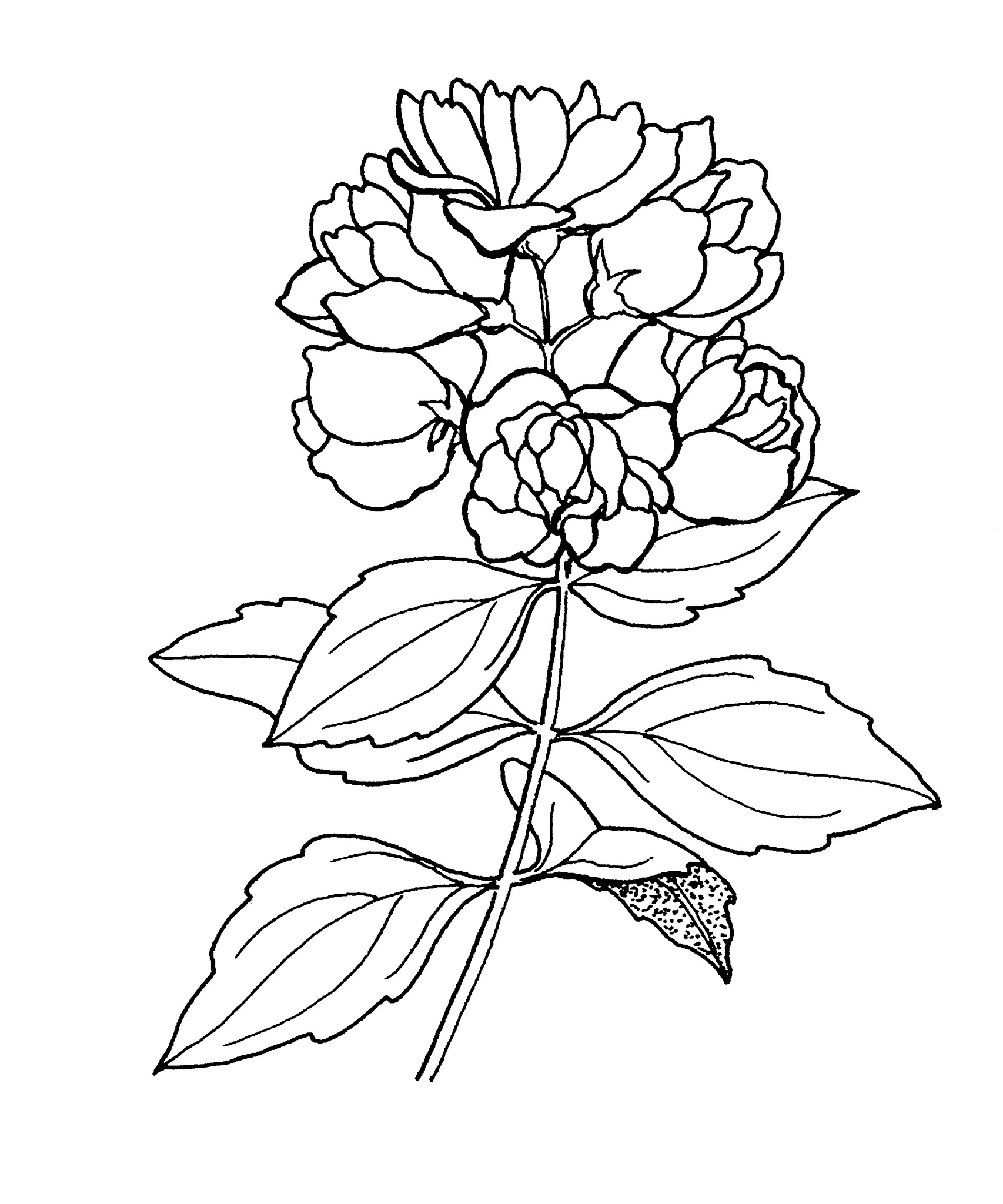
Possibly commemorating Ptolemy Philadelphus, King of Egypt 285–246 BC, patron of arts and sciences; or a Greek name meaning brotherly love.
Erect to slightly arching shrubs. Leaves deciduous or evergreen, opposite. Flowers solitary or in small clusters, white, fragrant. Sepals united with ovary. Sepals and petals mostly 4, stamens numerous. Ovary more or less inferior, with a nectar disk on top; styles mostly 4. Fruit a capsule containing numerous tailed seeds.
Grown for the simple, pleasantly fragrant white flowers. Sometimes placed in its own family Philadelphaceae.
65 species in E Asia, N America and Europe.
Seed, layers, softwood to semi-hardwood cuttings in summer, hardwood cuttings in winter.
A fragrant oil is extracted from several species.
Leaves mostly 3-veined from the base, cucumber-scented when crushed and when broken in two retain connecting sticky threads; stamens numerous.
SA: Mt Lofty Bot. Garden,Adelaide, had 35 taxa in 1991. NSW: Viburnum Gds nsy, Arcadia.
Hu (1954, 1955, 1956),Wright (1980), Taylor (1990).
is complicated by the variable stock available in the industry and by the presence of cultivars that cannot be allocated with certainty to any particular species or hybrid. Plants grown in Australia are in need of taxonomic revision. Several species included in the key have not been described in detail.
Source: (2002). Hydrangeaceae. In: . Horticultural Flora of South-eastern Australia. Volume 3. Flowering plants. Dicotyledons. Part 2. The identification of garden and cultivated plants. University of New South Wales Press.

Spontaneous garden hybrids from the 19th century have been replaced largely by deliberate modern crosses, many from Victor and ÃÂmile Lemoine of Nancy, France. The complex and uncertain ancestry of many cultivars makes them difficult to identify and allocate to particular species or hybrids.They have never been popular in Australia although they do grow well.
Flowers in clusters of 5-7, single or semi-double, each about 5 cm wide with a pinkish base. Raised from a cross, in 1938, of 'Burfordiensis' and 'Sybille' (seed parent) by Lewis Palmer of Hedbourne, Worthy Grange, Winchester, Hampshire, uk, and int. 1942.
Compact shrub to about 1.5 m tall. Leaves ovate, to 5 cm long, slightly rough-haired above and below. Flowers to 5 cm wide, petals with a reddish basal spot and slightly fringed, moderate fragrance. Disk and style hairless. Raised by Lemoine in 1930.
Flowers in clusters of 3-5, double, each about 3 cm wide, moderately fragrant. Originated and patented by Guy d. Bush in 1953.
Hermine' Dwarf, compact shrub. Leaves mostly less than 4 cm long. Flowers double, cream with red buds, in clusters of 3s or, less frequently, 5s, each to 4 cm wide.
Philadelphus 'Minnesota Snowflake'
Flowers in clusters of up to 9, each 4-5 cm wide, double, the inner petals narrow, fragrant. Originated and patented by Guy d. Bush in 1935 as a seedling of p. _virginalis.This and 'Frosty Morn' were originally selected for their frost resistance, so of limited value in Australia.
Dense, small shrub to about 1 m tall. Leaves small. Flowers solitary, numerous, about 4 cm wide, early flowering and smelling of strawberries. Originated by Krotz, Germany, c. 1949. ['Silver Showers']
Flowers prolific, in groups of 1-3, single, 4-5 cm wide, white with a pink basal spot, fragrant. Raised by Lemoine, c. 1913.